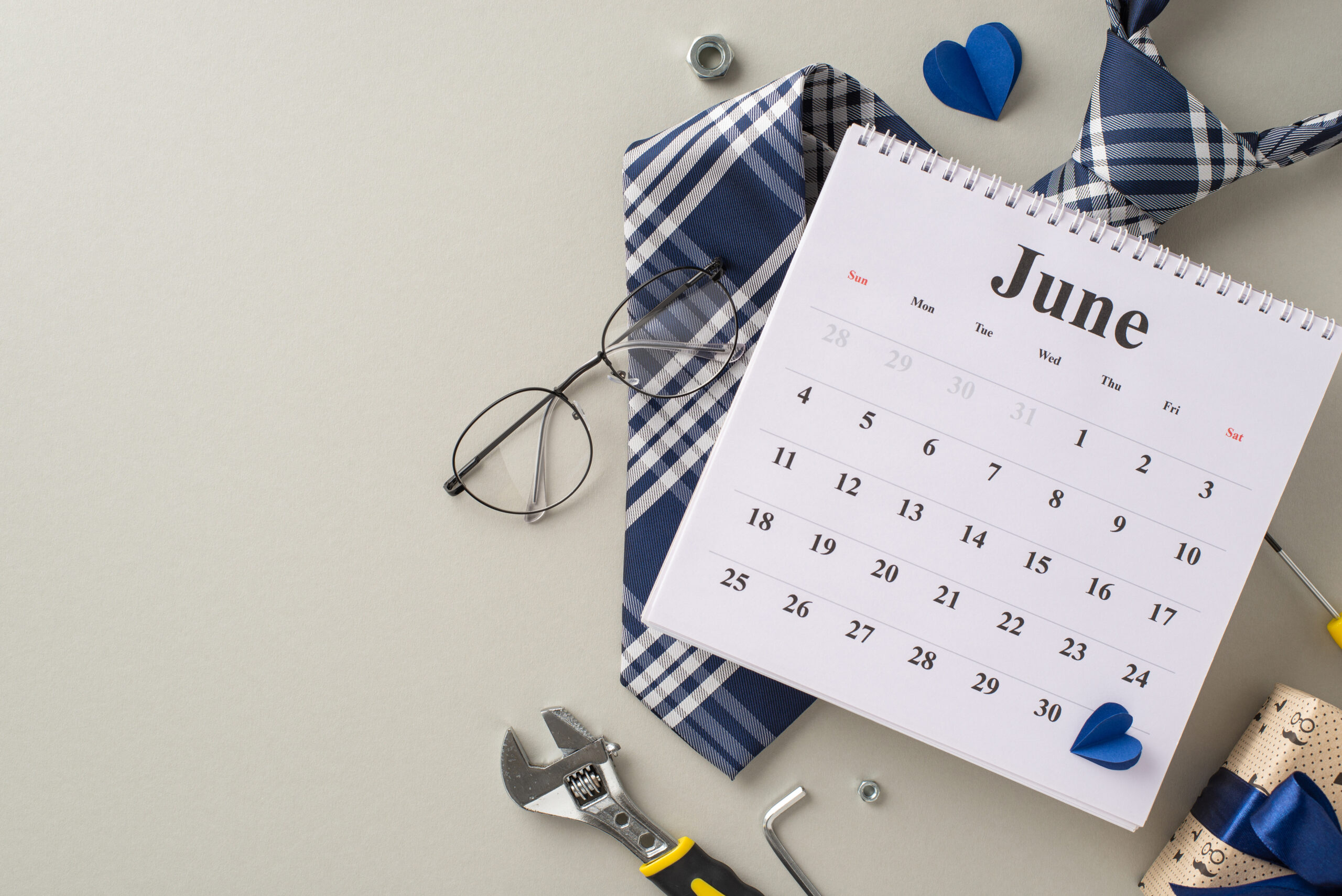Owning a home is a significant achievement, but it comes with the constant responsibility of upkeep. From leaky pipes to malfunctioning HVAC systems, unexpected issues can lead to costly repairs and major headaches. What if you could anticipate these problems before they escalate? This is where smart home technology steps in, offering a proactive approach to property care. By installing smart home sensors for maintenance, you can transform your house into a self-monitoring ecosystem that alerts you to potential issues, saving you time, money, and stress.
This guide will explore how these intelligent devices work, the different types available, and how they integrate with applications to put predictive power in your hands. We will look at how systems from Clever Home Assistant can help you build a smarter, safer home. By the end, you will understand how to leverage this technology to move from reactive repairs to proactive care.
The Shift to Predictive Home Maintenance
Traditionally, home maintenance has been reactive. You fix a pipe after it bursts or service the furnace when it stops working in the middle of winter. This approach is not only stressful but also expensive. Predictive maintenance, powered by smart home sensors for maintenance, changes the game completely. Instead of waiting for disaster, these sensors collect data on your home’s systems and environment, identifying subtle changes that signal an impending problem.
This is a core component of modern IoT home monitoring (Internet of Things). Devices are interconnected, sharing data that provides a holistic view of your home’s health. For homeowners in colder climates, this technology is particularly valuable. The concept of predictive home maintenance Canada is gaining traction as people seek ways to prevent frozen pipes, furnace failures, and other weather-related damage. By catching these issues early, you can schedule repairs on your own terms.
How Smart Sensors Work
Smart sensors are small, low-power devices placed in key areas around your home. They monitor specific conditions like temperature, humidity, water flow, air quality, and vibrations. When a reading deviates from the normal range, the sensor sends an alert directly to your smartphone through a dedicated app.
For example, a sensor on your water heater might detect a slow drip that would otherwise go unnoticed for months. This early warning allows you to call a plumber before the leak causes significant water damage and mold growth. This simple alert system is the foundation of a smart, preventative maintenance strategy.
Essential Smart Home Sensors for Proactive Maintenance
Building a robust sensor network doesn’t have to be complicated. Focusing on a few key types can cover the most common and costly home maintenance issues.
1. Water Leak and Freeze Detectors
Water damage is one of the most destructive and expensive problems a homeowner can face. A leak detection sensor home unit is arguably the most critical smart device for maintenance. These compact sensors are placed in high-risk areas like under sinks, behind toilets, near washing machines, and in basements.
When a sensor detects moisture, it sends an immediate notification to your phone. Some advanced systems, like those compatible with the Google Home or Amazon Alexa ecosystems, can even be configured to automatically shut off your home’s main water valve, stopping a potential flood in its tracks. Freeze detectors, often included in the same device, alert you if the temperature in a specific area drops to near-freezing levels, helping you prevent burst pipes.
2. HVAC and Air Quality Monitors
Your heating, ventilation, and air conditioning (HVAC) system is the heart of your home’s comfort. An unexpected failure can be a major inconvenience and a significant expense. Smart HVAC monitoring can help prevent this. Some systems use sensors that attach to your air vents to monitor airflow and temperature, alerting you to inefficiencies that could signal a problem with your furnace or AC unit.
Furthermore, smart thermostats like the Nest Thermostat or Ecobee can learn your habits and also run diagnostics on your HVAC system, notifying you if it’s not performing as expected. Indoor air quality (IAQ) sensors also play a role, monitoring for pollutants, high humidity, and volatile organic compounds (VOCs). An unusual spike might indicate a ventilation issue or mold growth, allowing you to address it early.
3. Sump Pump Monitors
For homes with basements, a functioning sump pump is essential for preventing floods during heavy rain. A smart sump pump sensor monitors the water level in the sump pit and tests the pump’s operation periodically. If the water level rises too high or the pump fails to activate, you receive an instant alert. This gives you precious time to intervene manually or call for service before your basement turns into an indoor swimming pool. Brands like Clever Home Assistant recommend these for any home in a high-rainfall area.
4. Appliance Health Sensors
Modern smart appliances often have self-diagnostic capabilities built-in. Your refrigerator might tell you its filter needs changing, or your dishwasher might report an issue with its drain pump. For older appliances, you can use smart plugs with energy monitoring features.
By tracking the energy consumption of a device like a freezer or washing machine, you can establish a baseline. A sudden, sustained spike in energy usage could indicate that the appliance’s motor is struggling and may be nearing the end of its life. This gives you a heads-up to start shopping for a replacement or schedule a service call.
Integrating Sensors with a Home Maintenance App
The true power of smart home sensors for maintenance is unlocked when their data is centralized and made actionable. While individual device apps are useful for direct alerts, a comprehensive home maintenance app can provide a much broader overview. Platforms like Home Connect for appliances or general smart home hubs help consolidate information.
A dedicated home maintenance app can integrate with your smart sensors to:
- Log Alerts: Keep a historical record of all sensor alerts, helping you spot recurring issues.
- Create Maintenance Schedules: Automatically generate reminders for tasks like changing HVAC filters or cleaning gutters based on sensor data or seasonal timers.
- Connect with Professionals: Some advanced apps can even help you find and book qualified local service professionals directly from an alert.
This integration creates a seamless loop: the sensor detects a potential problem, the app notifies you and provides context, and you can take immediate, informed action. This is the future of home management—a system where your home actively helps you care for it.
Getting Started with Your Smart Maintenance System
Building a smart home maintenance system is an accessible project for any homeowner. Start small by identifying the biggest risks for your property. For most, this means beginning with water leak detectors in key areas. From there, you can gradually add other devices like HVAC monitors and smart plugs as your budget and needs allow.
When choosing devices, look for compatibility with a central smart home ecosystem you already use, such as Google Home, Amazon Alexa, or Apple HomeKit. This will make it easier to manage all your devices from a single interface. The team at Clever Home Assistant can help guide you in selecting a suite of products that work together seamlessly to protect your investment. With the right smart home sensors for maintenance, you can enjoy greater peace of mind knowing your home is always looking out for you.
Frequently Asked Questions
What types of sensors should I install for home maintenance?
Install water leak detectors, HVAC monitors, sump pump sensors, and air quality monitors to cover the most critical systems in your home.
How do smart sensors alert me to problems before they become major repairs?
Sensors monitor conditions like moisture, temperature, and energy use, sending an instant alert to your phone when readings go outside the normal range.
Can a home maintenance app integrate with my smart sensor data?
Yes, many home maintenance and smart home hub apps can integrate with sensors to log alerts, schedule tasks, and provide a complete overview of your home’s health.





